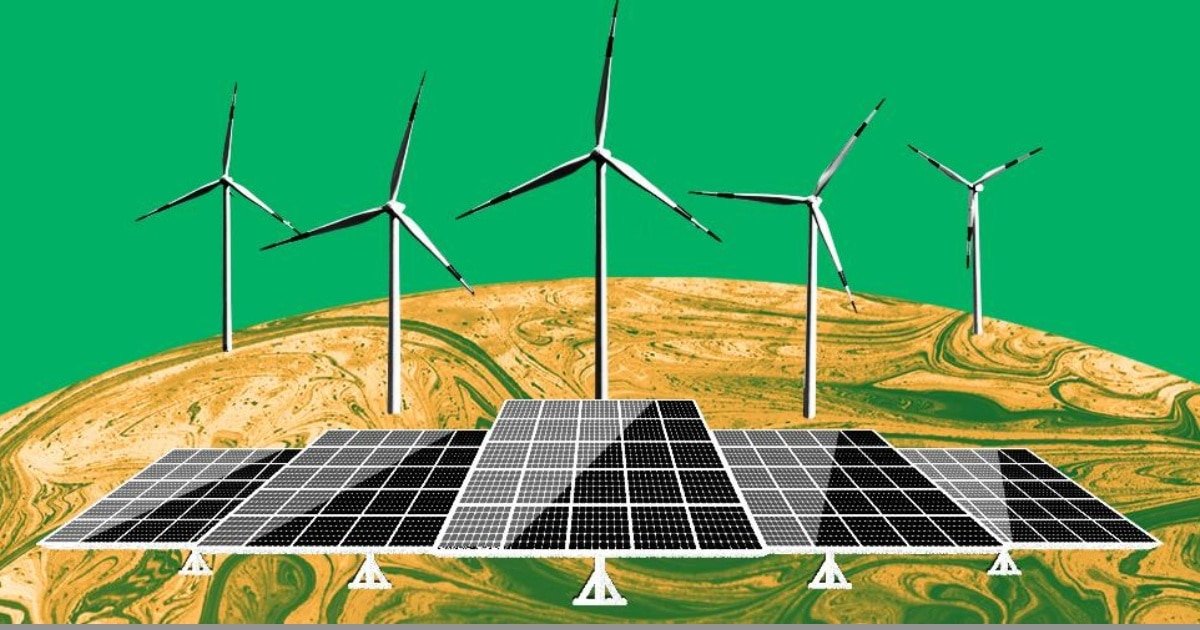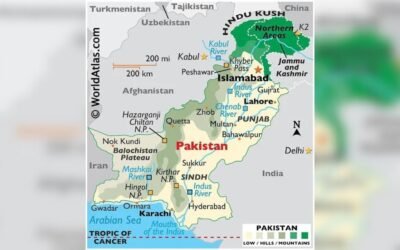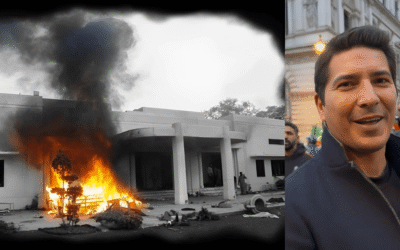Introduction: Why Energy Diversity Matters
Energy security in Pakistan means having enough, reliable, and affordable power for homes, factories, and schools. Relying on just one kind of energy, like oil or gas, makes the country vulnerable to price shocks, supply disruptions, and debt. A mixed energy strategy, combining hydro, solar, wind, nuclear, and some thermal power, can reduce risk and boost stability. This article analyses Pakistan’s energy mix, current trends, policy, challenges, and future direction, offering an evidence-based perspective grounded in trusted sources. We anchor our insights in news headlines and official data to underscore the real-world context and impact. 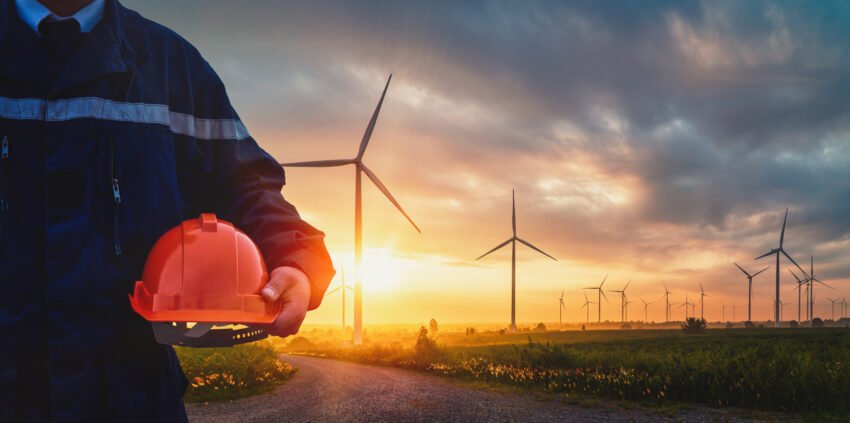
Pakistan’s Current Energy Mix
As of February 2024, Pakistan’s total installed electricity capacity was around 46,605 MW. Fossil fuels (coal, oil, gas) made up 55.7% of capacity but only 45.7% of actual electricity generation. Meanwhile, hydro was 24.4%, nuclear 7.8%, and renewables (solar, wind, bagasse) 12.2% of capacity. Together, hydro, nuclear, and renewables accounted for 53.7% of the electricity generated in the first nine months of FY 2024–25. These figures show the mixed energy structure already in place—a foundation for building resilience and sustainability.
The Solar Surge and Its Impacts
In early 2025, solar energy accounted for over 25% of Pakistan’s electricity, a dramatic rise linked to a five-fold increase in Chinese solar panel imports between 2022 and 2024.
This rapid solar adoption demonstrates the potential of renewables, but also highlights challenges: grid financial stress and rising tariffs for those unable to shift off-grid. 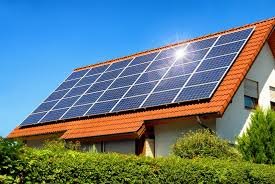
Institutional Framework and Policy Goals
The Alternative & Renewable Energy (ARE) Policy 2019 aims to bring cleaner, cheaper power to Pakistan. It sets targets for 20% renewable energy by 2025 and 30% by 2030, spanning solar, wind, biomass, geothermal, and more. This policy emphasises sustainable growth, cost reduction, and local capacity building. While promising, progress remains uneven—it relies heavily on institutional strength and financing.
You May Like To Read: Indus Waters Treaty: Quick Reference
Role of Nuclear Power
Nuclear energy provides a steady base of low-carbon electricity. As of FY 2023, Pakistan operated six nuclear reactors producing about 3,545 MW of electric power. Chashma-5, under construction, will add 1,200 MW and is expected to be completed in 2030. Long-term, Pakistan planned to build 32 nuclear power plants with a capacity of 40,000 MW by 2050. Nuclear energy adds reliability and stability, balancing variable renewable sources.
Hydropower and Future Projects
Hydro is Pakistan’s largest clean energy source. In 2024, hydro alone contributed 19% of clean electricity, with wind and solar at 13%, making low-carbon power 47% of total electricity. Looking ahead, the Lower Spat Gah hydropower project (496 MW) is planned in Khyber Pakhtunkhwa. Expected to generate 2,007 GWh annually, this project demonstrates how hydropower can expand clean capacity.
Technology and Private Sector Adoption
Businesses are adopting renewables fast. Lucky Cement, near Karachi, is investing Rs 1.5 billion (≈$5.3 million) in Pakistan’s largest battery storage (20.7 MW) to improve solar and wind use and reduce reliance on fossil fuels.
This shows how private investment and foreign technologies can boost reliability, but success depends on a supportive grid and regulation.
Challenges: Grid, Debt, and Equity
Despite gains, challenges persist. Pakistan faces circular debt, transmission bottlenecks, and rising costs due to reliance on imported fuel, especially RLNG (re-gasified LNG), which accounted for 51% of the energy purchase bill—adding PKR 568 billion—raising overall tariffs. Grid under-utilization remains an issue, with sales down 2.8% year-on-year despite economic growth, showing the lingering mismatch between capacity and affordability.
Social Impact and Equity Concerns
The solar boom has benefited wealthier groups, while the middle class and lower-income households lag behind. Many cannot afford panels or live in apartments without rooftop access, meaning they stay on the costly grid. As the rich exit, utilities lose revenue and are forced to increase tariffs, arguably marginalising others. This highlights that an energy strategy must ensure inclusivity, not just capacity.
You May Like To Read: ATC Lahore Issues Mixed Verdicts in May 9 Riot Cases
Strategic Path Forward
To ensure long-term energy security, Pakistan needs a truly mixed energy strategy:
- Scale renewables (solar, wind, distributed energy) to meet policy targets of 20–30% by 2030.
- Expand nuclear power for a reliable base power.
- Boost hydro, including projects like Lower Spat Gah, for sustainable clean generation.
- Invest in storage and grid upgrades to handle variable output and ensure equitable access.
- Reform institutions and debt structure, renegotiate IPP contracts, and reduce subsidies on inefficient power sources.
These steps balance cost, security, sustainability, and fairness.
Conclusion
A balanced, mixed energy approach is vital for Pakistan’s stability. That means combining renewables, nuclear, hydro, and selective thermal power with supportive policy, fair regulation, and institutional reform. Solar has surged, adding flexibility and clean power. Nuclear and hydro anchor reliability. Private sector investment in batteries and renewable energy sources shows promise. But without inclusive policy and debt re-structuring, gains may be uneven. By prioritising diversity, equity, and governance, Pakistan can build a resilient, affordable energy system that supports growth and wellbeing.

